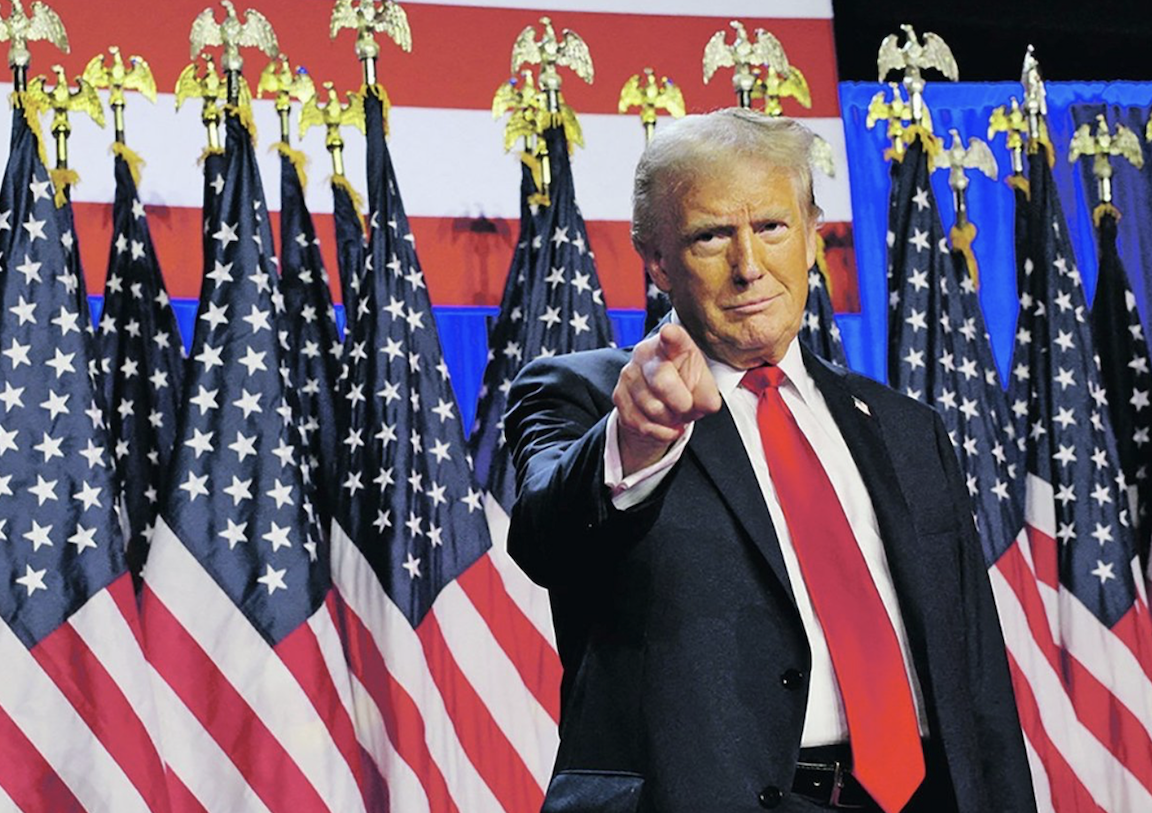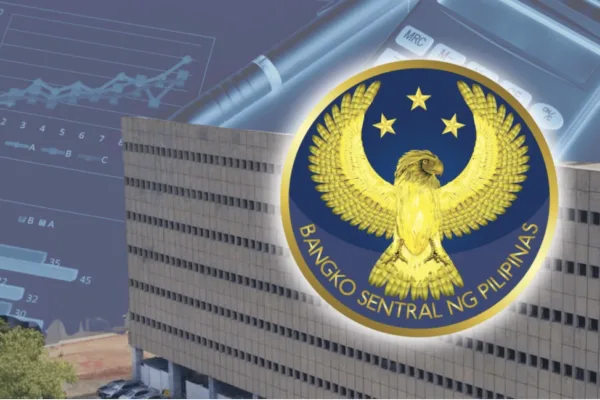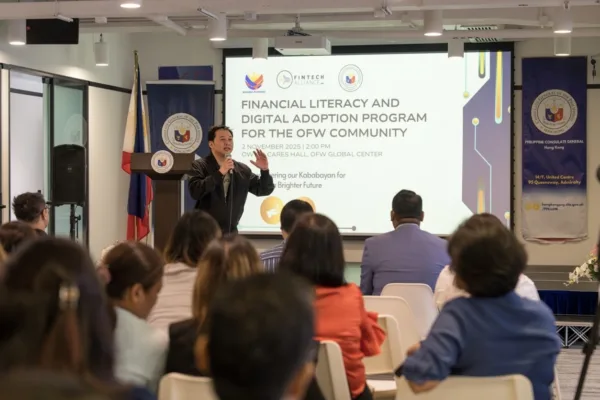Special Report by Jade Saavedra, Correspondent
The Philippine fintech sector has grown at a rapid pace in recent years, driven by digital payments, e-commerce, and a rising appetite for financial inclusion. The country’s evolving fintech landscape is now home to over 280 fintech companies, with strong government backing from the Bangko Sentral ng Pilipinas (BSP) and increasing consumer adoption.
As a significant portion of the Filipino population remains unbanked or underbanked, fintech solutions offer a pathway to bridge this gap. Initiatives like GCash have made strides in this direction, leveraging technology to provide financial services and solutions to those who need it most.
Moreover, the BSP has been proactive in promoting digital financial inclusion, aiming to achieve 70% financial inclusion and emphasizing the country’s commitment to integrating more Filipinos into the formal financial systems.
In a press statement, BSP Governor Eli Remolona Jr. stated that digitalization is a crucial link, enabling access to formal financial services for underserved populations and streamlining transactions to boost economic growth.
In general, fintech and digital finance within the Philippines is still currently overcoming challenges but this rapid momentum may soon face delays.
How US tariffs could test resilience of PH’s’ booming fintech sector

With the recently proposed tariff policies by US President Donald Trump, fears in financial, economic, and political sectors have risen. While these measures may not directly target digital services, their ripple effects through global supply chains, cross-border transactions, and investor appetite could challenge the stability of fintech ecosystems worldwide – including in the Philippines.
Yet, this moment of global instability may be less a crisis than a catalyst – potentially ushering in a new era of opportunity where Filipino fintechs rise not in spite of decoupling from foreign powers but because of it. This could be a nudge towards self-sufficiency or regional partnership.
The U.S.’s recent tariff policies include a 17% levy on Philippine goods – stirring concerns regarding potential economic repercussions. For Philippine fintech companies who rely on imported hardware and software, these tariffs could lead to increased expenses and logistical challenges – creating barriers to fintech’s mission of being financially inclusive to all.
Fintech may live in the cloud, but it depends on tangible infrastructure – servers, smartphones, software, and hardware. Accessibility to these imported goods may decrease with the imposed tariffs, escalating trade tensions and inaccessibility.
Many fintech companies – especially startups – may be forced to delay product rollouts or cut back on scaling ambitions. The Philippine fintech sector is also deeply tied to global financial flows – particularly remittances and cross-border payments, which have kept many Overseas Filipino Workers (OFWs) connected to their loved ones back home.
The impact of tariffs on fintech operations, investment, and user trust

The fintech apps and systems that facilitate these transfers are exposed to global economic shifts. This volatility introduces risk to margins, pricing models, and user trust. Moreover, slower global trade may reduce transaction volume and delay settlements– particularly if fintechs rely on intermediaries abroad.
The reputational risks of delayed or inconsistent services are high, especially in remittances where timing is critical. These tariffs don’t just impact goods and services– they shape how investors view risk. Japhet Tantiango of Philstocks Financial, Inc. said, “If the tariffs result in retaliation, then it would slow down the global economy. Given its negative consequences on the Philippine and global economy, the tariffs are expected to weigh on the local stock market.”
Global economic instability tends to spook venture capitalists and institutional investors, especially those focused on emerging markets like the Philippines. Thus, for the Philippines, this could translate to reduced access to foreign capital, lower valuations, and longer fundraising cycles. However, these challenges highlight the importance of local development and solutions to run vital technologies in the country.
“Here in the Philippines, we are the ones importing more rather than exporting. That’s why we think we’re kind of insulated in terms of tariffs,” says Ritchie Ryan Teo, Chief Investment Officer at Sun Life Investment.
Amid these global economic tremors and tariff-fueled disruptions, the Philippines currently stands at a crossroads – where true strength may lie not in distant powers, but in forging resilient, homegrown and regional systems that defy dependency and drive lasting impact.
Leveraging regional ties to transform challenges into opportunities

Southeast Asia’s fintech sector has demonstrated resilience and growth, even amidst global economic uncertainties. According to PwC, ASEAN’s fintech funding has surged over the past decade, highlighting the region’s adaptability and strength.
The Philippines can capitalize on this momentum by fostering collaborations with the ASEAN community, promoting technological advancements, and creating a unified digital financial ecosystem.
Regional integration can reduce dependency on Western powers, allowing the Philippines to chart its course in fintech innovation and growth.
While global trade shifts and tariff impositions present challenges, they also offer the Philippines a unique opportunity to recalibrate its fintech strategy. By focusing on localized growth, regional collaboration, and financial inclusion, the country can transform potential setbacks into avenues for empowerment and innovation.
Embracing these changes not only strengthens the local fintech landscape but also ensures that its growth is inclusive, sustainable, and resilient against future global economic uncertainties that threaten financial inclusion.








